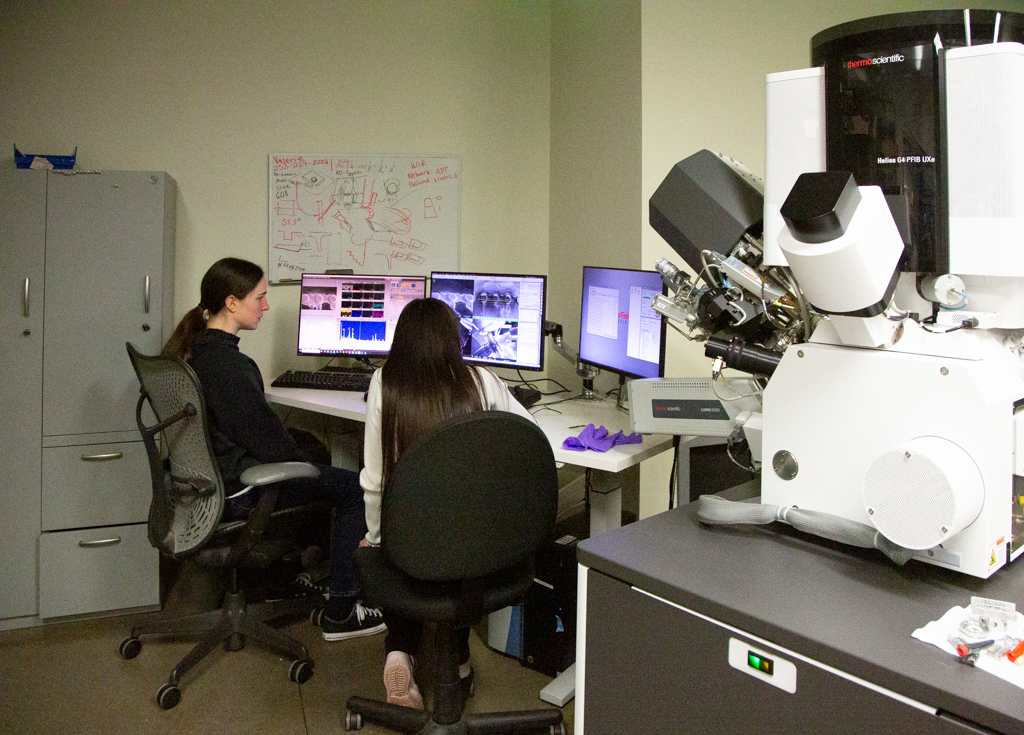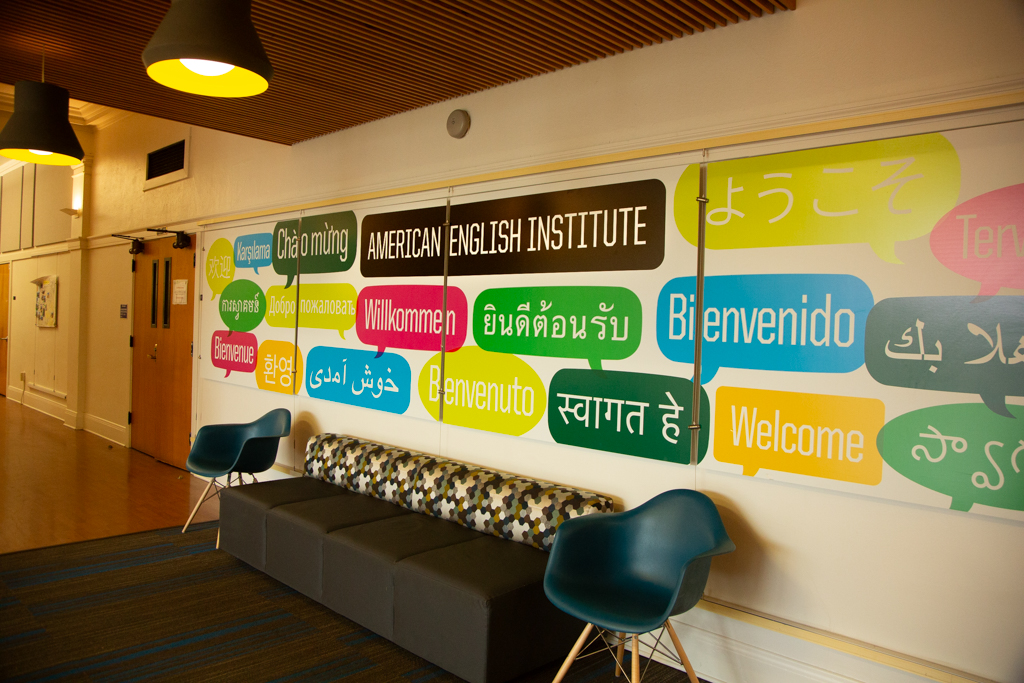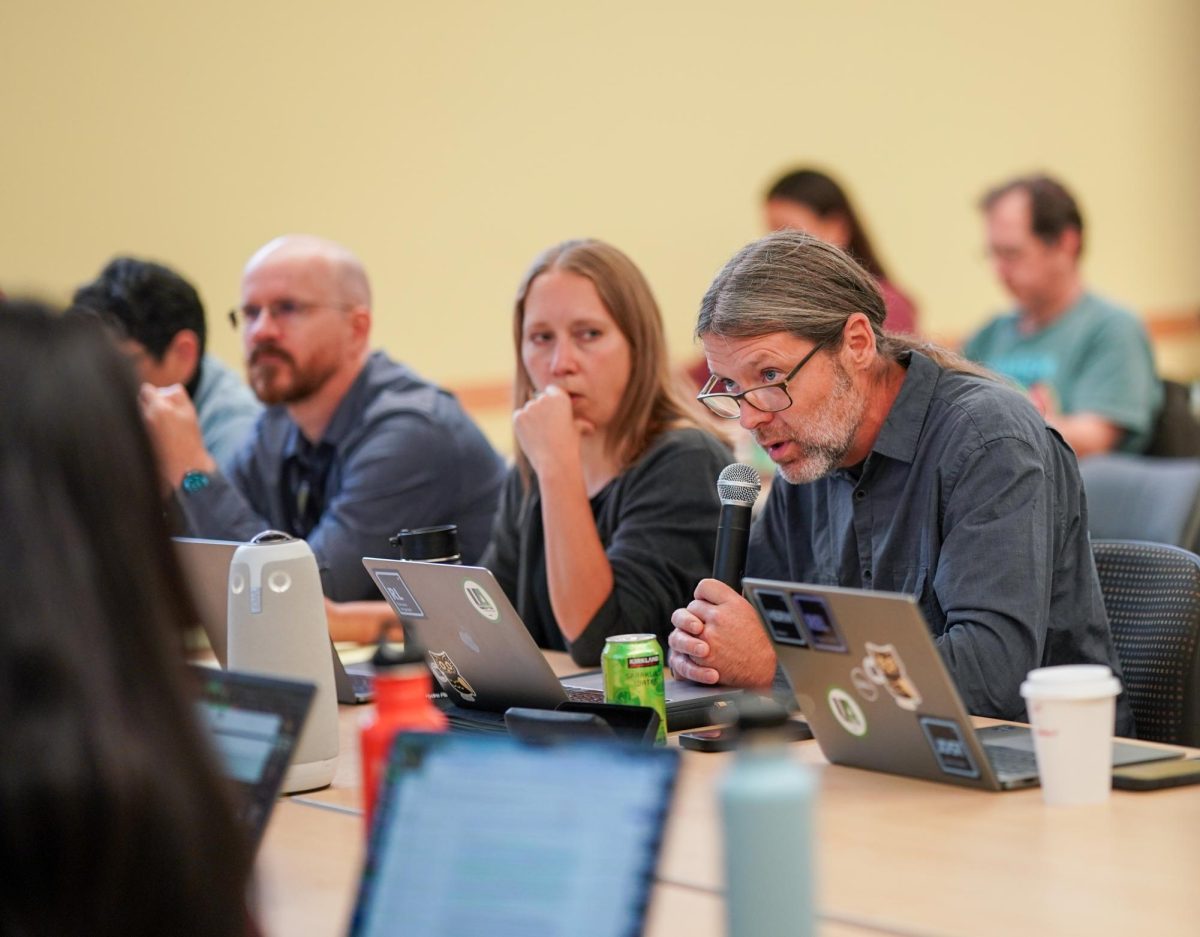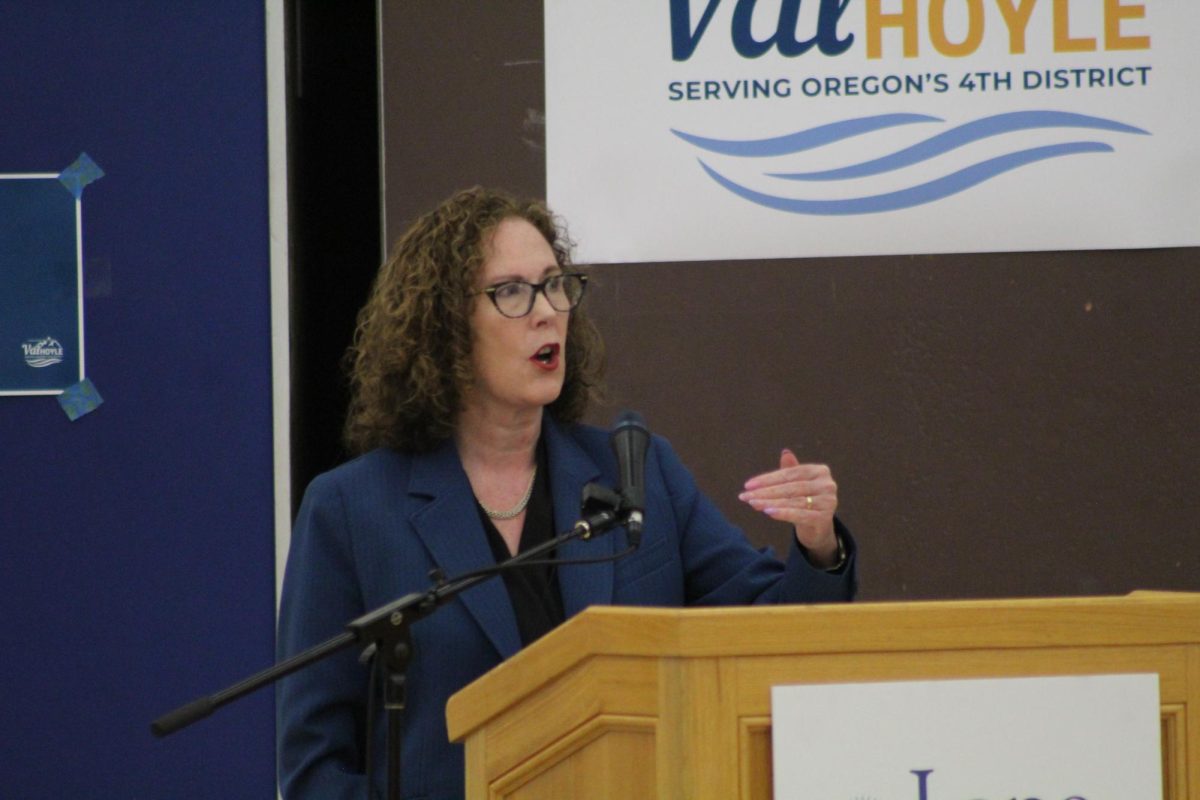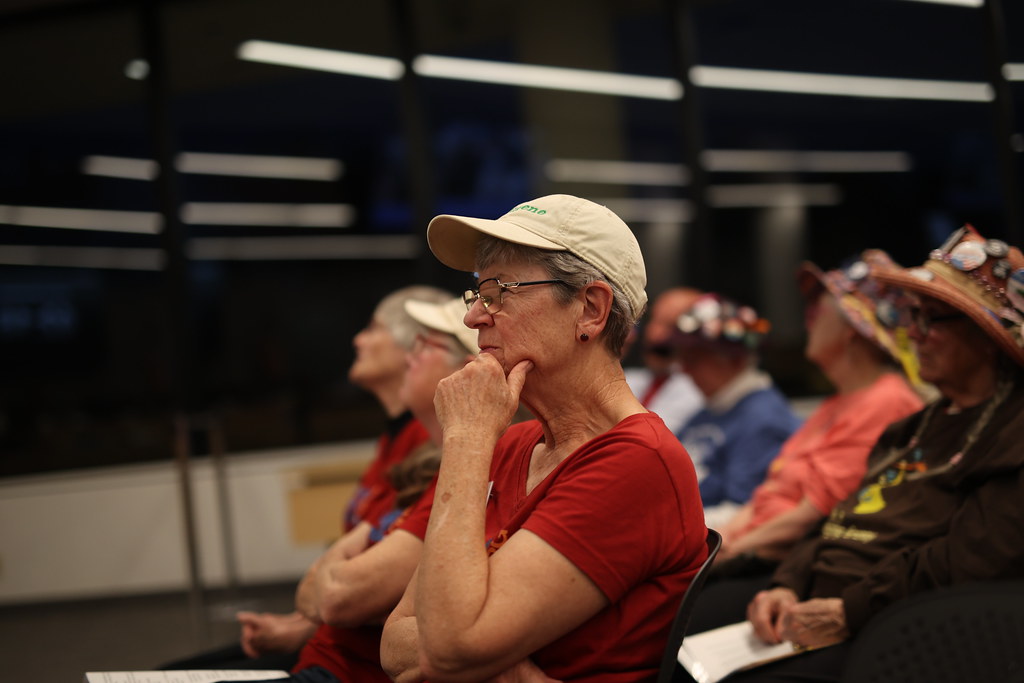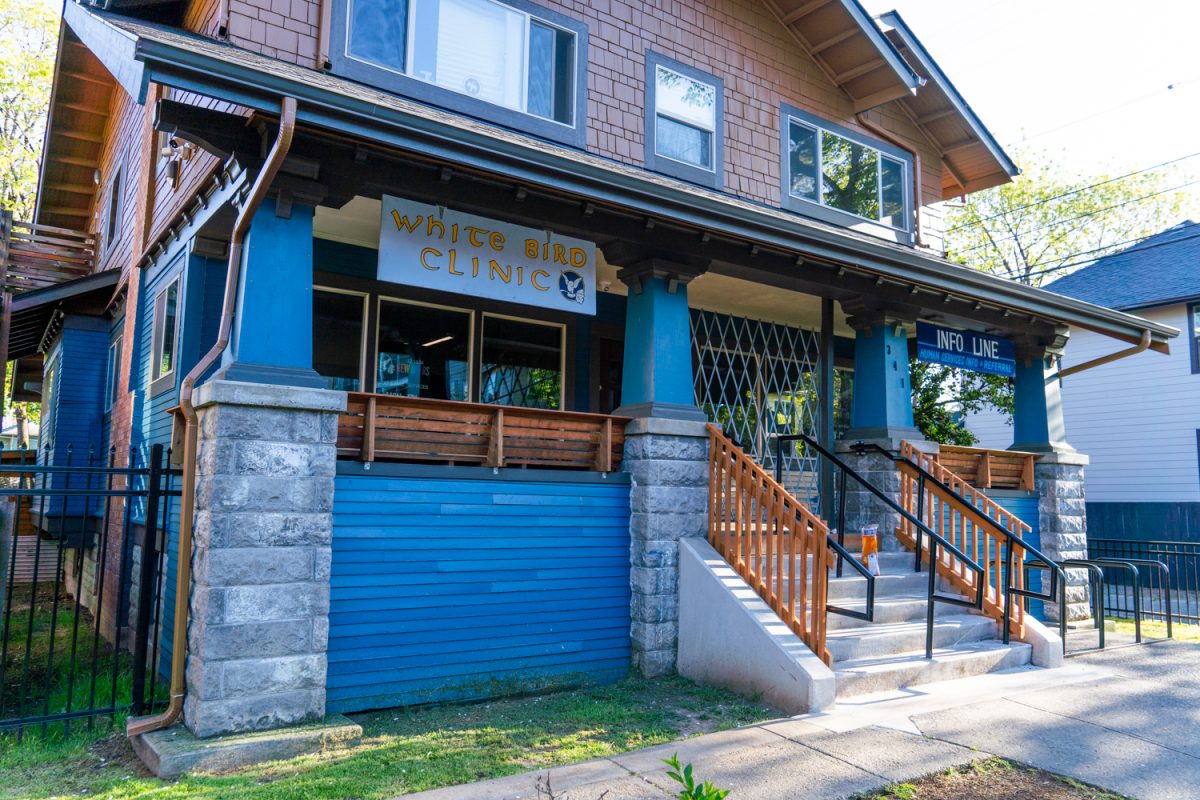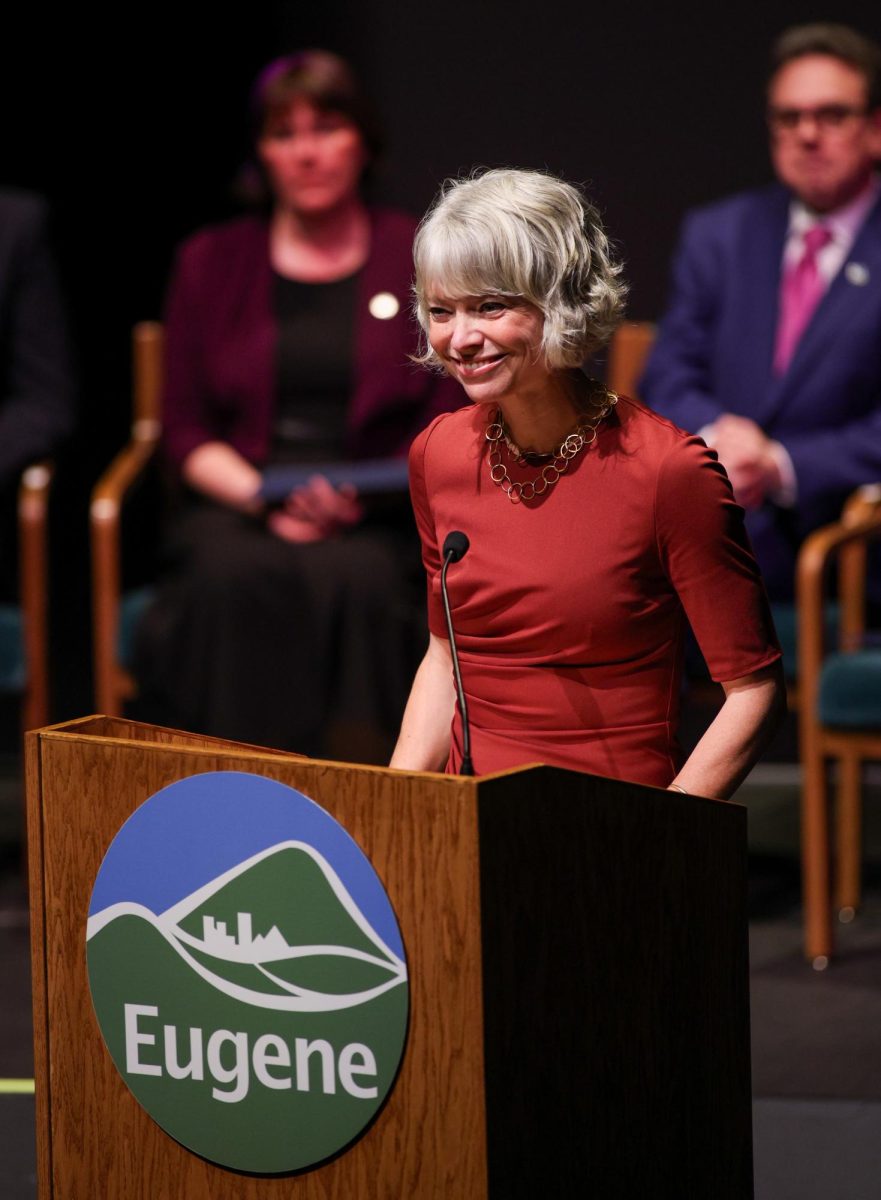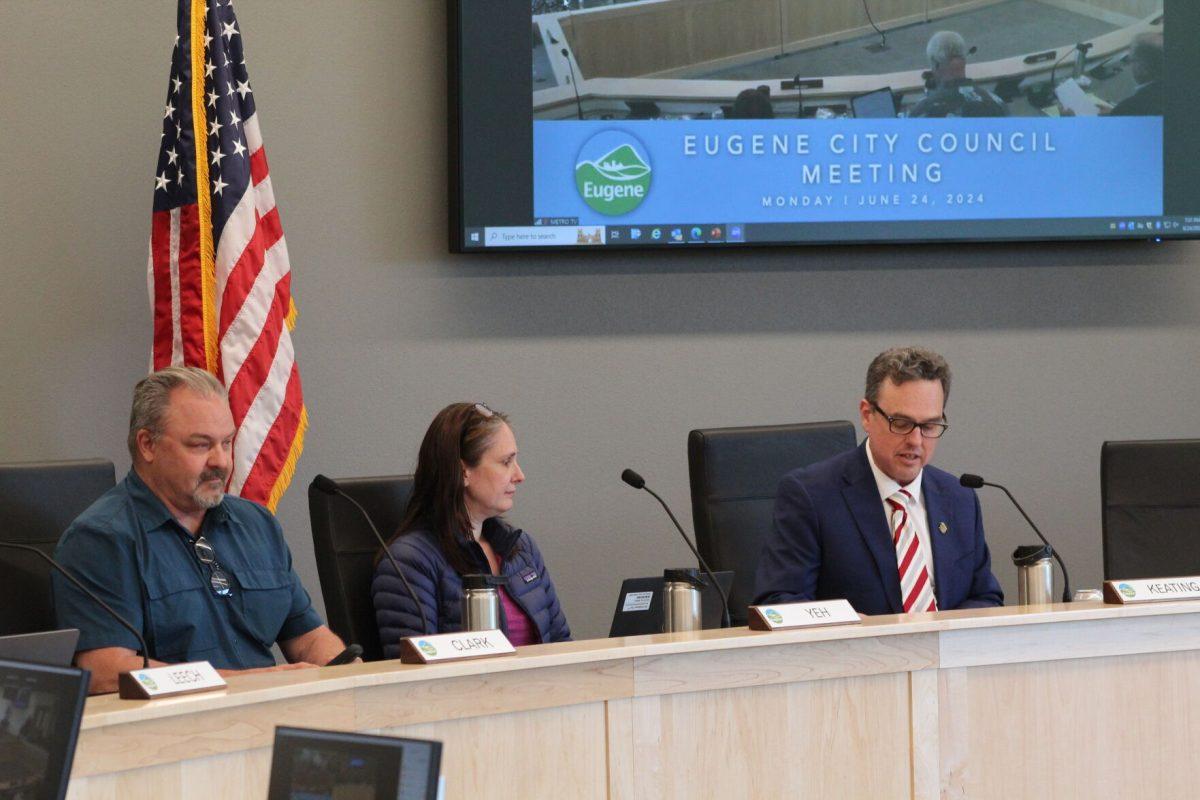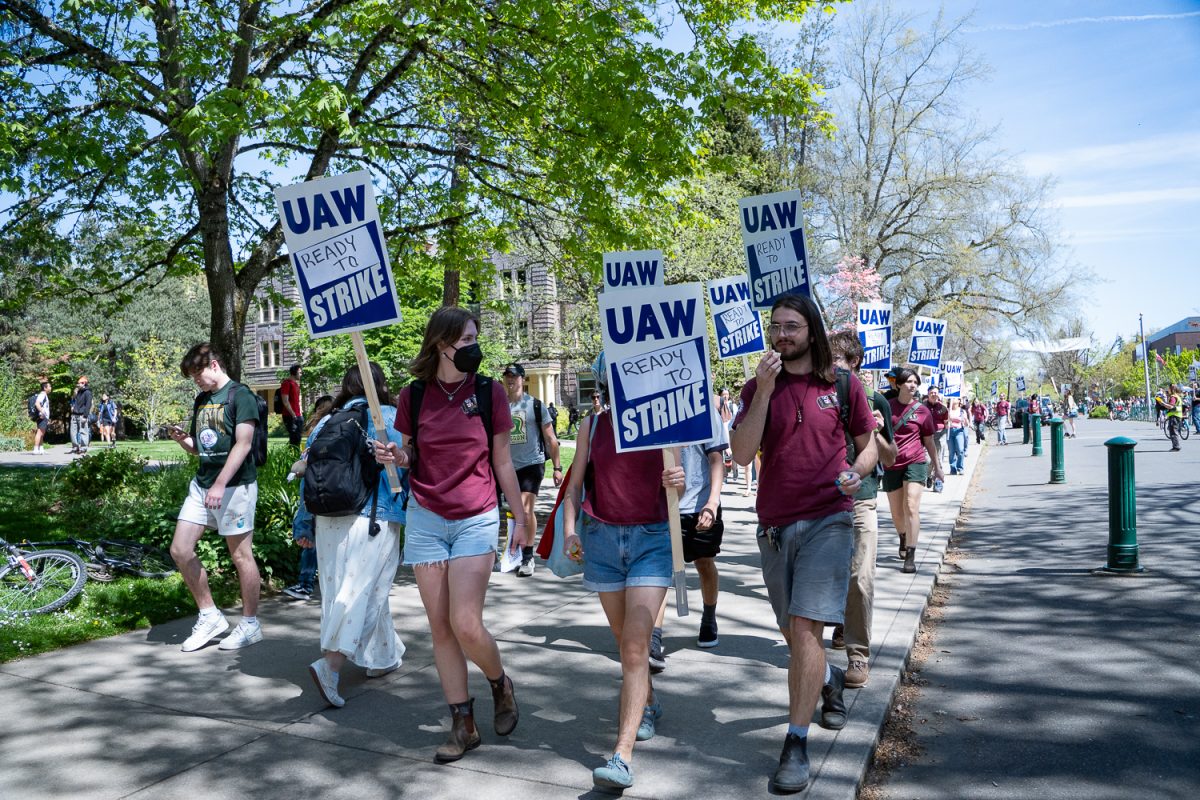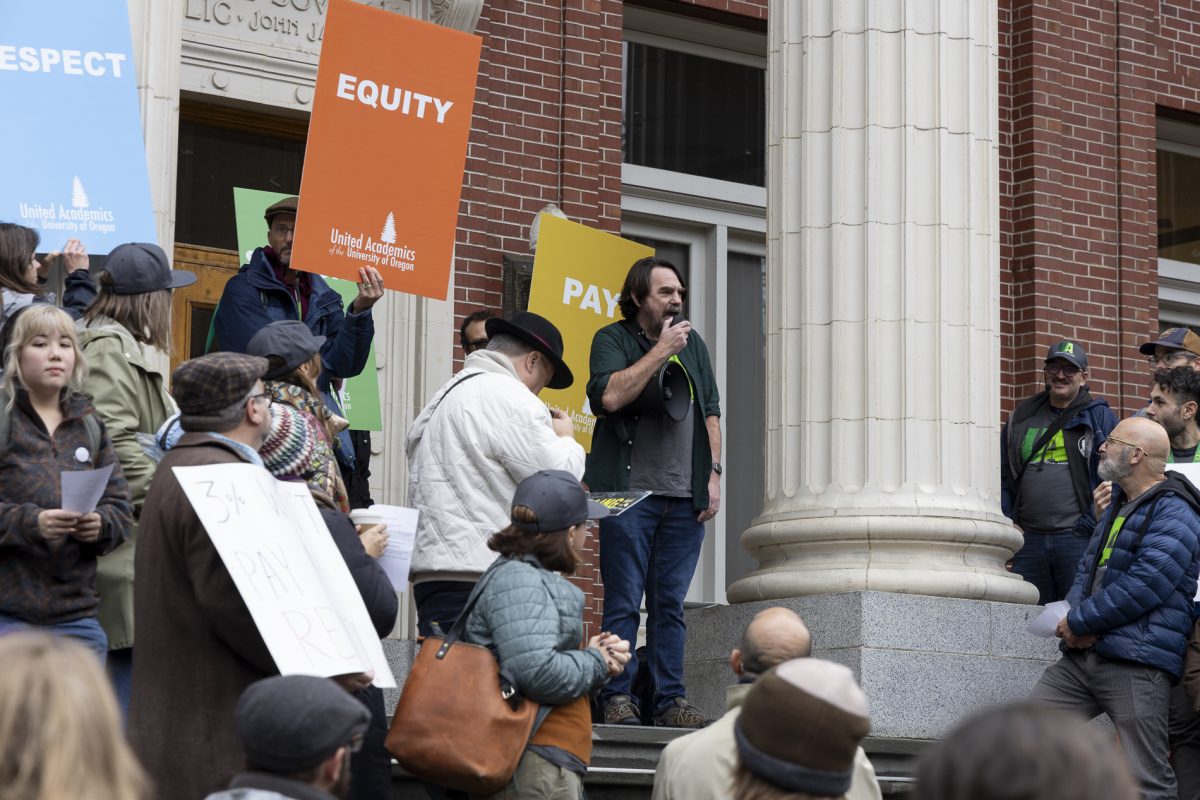As University of Oregon’s COVID-19 cases rise — reaching 183 since week one — reports of unsafe classroom environments continue to spread across social media. Some graduate employees and professors are concerned about a lack of social distancing, proper ventilation and clear policies during UO’s first few weeks of in-person classes.
The Graduate Teaching Fellows Federation’s Twitter and Instagram account began posting anonymous GEs’ experiences with in-person classes on Sept. 29. The messages described cramped classrooms, improper mask wearing, denied room changes, windows that could not open and a lack of proper ventilation.
Despite UO’s 96.3% student vaccination rate and declining case numbers throughout Lane County, student-and-employee-reported COVID-19 cases climbed during UO’s first three weeks of in-person classes.
Reported cases jumped from 31 to 46 the first week of class, according to UO’s COVID-19 case tracking and testing results. The second week grew to 60 cases, and the third week saw 55 cases. The fourth week has 22 cases through Thursday, with the full total available on Monday.
Concerns about classroom environments
The university has scheduled classes at full capacity for fall term. UO does not need to apply social distancing in classrooms due to UO’s safety measures and high vaccination rates, according to the university’s FAQ page.
But professors and GEs have said they are concerned about COVID-19 transmission within classrooms nonetheless.
Kristin Yarris, a professor in the Department of Global Studies, said this decision runs counter to the best public health science, evidence about new, highly-transmittable variants of COVID-19 and the waning effects of the COVID-19 vaccination with time.
Yarris said social distancing is not possible in her class of 55 students, and she must keep her doors open, since her classroom — Lokey 117 — lacks a modern ventilation system.
The classroom also did not have enough seats for students, and Yarris asked the university for a classroom change or a few more chairs, she said. She received more chairs.
School of Journalism and Communication professor Christopher Chavez said his classroom in Esslinger appeared to be over capacity and had more chairs and desks than it was designed for.
“Students were one stacked on top of each other, but even to the point where they had to have additional chairs lined up around the perimeter,” Chavez said.
The room’s windows were high up and closed. “It was pretty dark and cavernous,” he said. He requested to change classrooms, and the university moved him to Allen Hall the next day.
Raye Hendrix, a GE in the Department of English, said her class of 109 students has no room for social distancing. “That’s been really stressful,” she said.
“We are completely packed into a room that has no windows and only two doors,” Hendrix said. “Those doors open into a hallway that also has no windows.”
Hendrix said there are no filters in the vents of her classroom, and the instructors are not allowed to leave the doors open. The professor of her class, Forest Pyle, said there are notes next to classroom doors that say to keep them closed during class because of noise.
“Essentially, it just kind of seems like we’re just shut into this coffin of a room for hours,” Hendrix said. “There’s a class immediately before ours as well, and so we’re sitting there thinking like, ‘Okay, so are we just sitting in their air also? Are we being exposed like 220 people at a time, essentially, because there’s nowhere for this air to go?’”
Pyle said he reported his concerns about conditions of the classroom — Clinical Services 250 — to the Department of English, but was assured the classroom met Centers for Disease Control and Prevention guidelines.
A GE in the Department of Global Studies who wished to remain anonymous said students in her classroom sit elbow-to-elbow with five to six students at each table.
“The lack of air filtration in the room was concerning,” she said. “We have planned to keep the three doors in the classroom open, but already students have complained about being cold in class.”
The university’s ventilation FAQ said UO has adjusted building ventilation systems to maximize outside air supply to the extent allowed by each individual building’s mechanical systems and established cleaning protocols required by the Occupational Safety and Health Administration and the CDC. However, some buildings still rely on operable windows for ventilation.
Multiple GEs said they have experienced issues with maintaining airflow via open windows during cold or rainy days.
At the beginning of fall term, UO had 65 classrooms that relied on operable windows for ventilation, according to UO’s classroom local filtration map. A UO FAQ page about ventilation said the university will install portable air filtration units in some heavily-used classrooms within such buildings. UO has installed 53 units so far, UO spokesperson Kay Jarvis said.
However, UO’s classroom local filtration map shows 11 classrooms where the university has no plans to introduce portable filtration units.
Avinnash Tiwari, president of UO faculty union United Academics, said the classroom conditions GEs and professors mention are consistent with how things have been in many buildings. However, faculty and students have never had to live with them during a global pandemic, he said.
“We know some faculty were able to move classrooms to address a number of issues, but not all faculty have been able to do so,” Tiwari said.
Confusion over COVID-19 containment
Several GEs and professors said they are confused on how to handle positive cases in their class and if they will be notified of a possible exposure.
Executive vice provost Janet Woodruff-Borden sent an email to faculty on Oct. 12 with information on UO’s COVID containment plan for classes.
The email said instructors should not notify their entire classroom if they learn of a positive case or close contact in their class.
“Following a case investigation by the Corona Corps, all identified close contacts in a classroom will be notified, including instructors,” the email said.
Corona Corps, UO’s contact tracing and case management program, is in charge of notifying people it deems close contacts, according to Woodruff-Borden’s email.
The email also said: “For reasons of privacy and protected health information, instructors will NOT be notified by Corona Corps when a student in their class has tested positive or has been identified as a close contact.”
Woodruff-Borden told the Daily Emerald that instructors and students will be notified if they are identified as close contacts, but the name of the person testing positive will not be shared to protect private medical information.
UO’s COVID-19 exposure scenarios and guidance said a close contact “is defined as any individual who was within 6 feet of an infected person for a cumulative total of 15 minutes or more over a 24-hour period during the infected person’s period of transmissibility.”
The university encourages assigned seating charts and students learning the names of people sitting near them, but does not require it, according to UO’s COVID containment plan for classes.
GTFF president Miche Dreiling said there has been too much ambiguity in the communication between the university and instructors.
“The classroom is our working conditions where we work and earn a living,” Dreiling said. “There are safety guidelines, like on a really basic level, that mean that we should be notified if there are folks with COVID in our workplace. The university seems to be suggesting that they’re not willing to do that.”
In GTFF’s collective bargaining agreement with UO, the university acknowledges an obligation to provide a safe, clean and healthy environment for its employees and agrees to do so in accordance with any and all applicable local, state and federal laws pertaining to safety and health. GEs may also refuse to work in unsafe spaces, the agreement said.
Dreiling said members of GTFF have been reporting their concerns about safety to the university since spring when UO announced fall classes would be in-person.
GTFF’s COVID strategizing committee released a revised list of demands for campus safety on Oct. 18, including sufficient ventilation and filtration systems, an easier process for GEs to work remotely and consistent contract tracing and reporting.
Tiwari, the president of UA, said members of his union also reported concerns.
“Even as the latest round of clarification messages came out on COVID containment policies, UA received a range of faculty messages with concerns about contact tracing –– given there is very little faculty can actually do to help in this regard given how the policies are laid out,” Tiwari said.
Jarvis said Corona Corps receives official notice of positive cases from UO’s COVID-19 Monitoring and Assessment Program, University Health Services and from Lane County Public Health. Students and staff can also self-report using the university’s case and contact form, she said.
Bill Harbaugh, a professor in the Department of Economics, said he finds it bizarre that the university will not inform instructors about positive cases in their classes, considering many other universities do and California law requires it.
California passed Assembly Bill 685 in 2020, which requires that, if public and private employers receive notice of a COVID-19 case in the workplace, they must notify all employees who were at the same worksite as the person exposed to COVID-19.
Lissie Connors, a GE in the Department of Earth Sciences, said it concerns her that she might not know if someone in her class had COVID-19. She worked in close proximity with a professor who tested positive for COVID-19, but said Corona Corps never contacted her.
Corona Corps did not respond to the Emerald’s request to explain how it determines and identifies close contacts in time for this article’s publication.
GTFF’s demands ask for more transparent definitions of a close contact and notifications to GEs when a student tests positive in their classroom. Jarvis said the university currently does not have a response to GTFF’s demands because negotiations between the union and the university have not begun yet.
“The position of the GTFF is that no worker should have to feel unsafe in their workplace, and no students should have to feel unsafe in the classroom,” Dreiling said. “We know, through hearing from GEs, faculty and students, that people are feeling unsafe in the classroom and their workplace right now, and it’s the university’s responsibility to fix that.”


